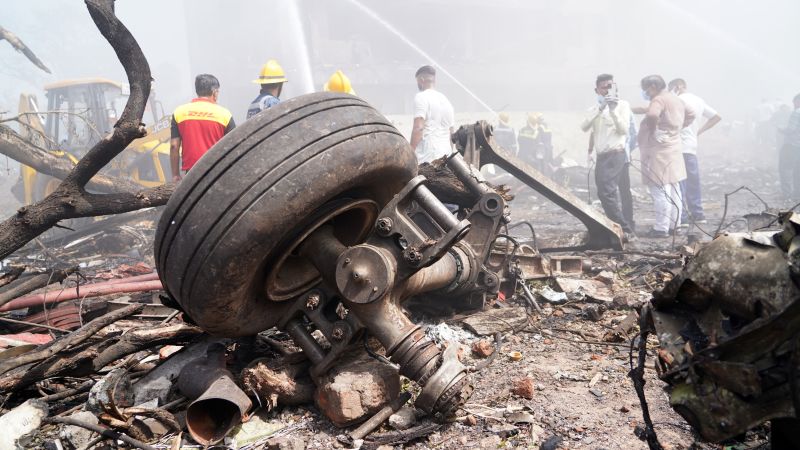The preliminary report from India’s Aircraft Accident Investigation Bureau has shed light on the tragic crash of Air India flight AI171, which occurred shortly after takeoff from Ahmedabad on June 12, 2023. The report indicates that fuel supply to the engines was intentionally cut off, leading to the aircraft’s rapid descent and eventual crash, which resulted in the deaths of all but one passenger on board.
The Boeing 787-8 Dreamliner, bound for London Gatwick, took off from Sardar Vallabhbhai Patel International Airport at approximately 6:25 p.m. local time (1:55 p.m. ET). According to the findings disclosed in the report, the cockpit fuel control switches were switched from the RUN position to CUTOFF, resulting in the engines being shut down at an airspeed of 180 knots. The report indicates that this transition occurred within a one-second interval for both engines.
Flight Details and Investigation Findings
Investigation teams successfully retrieved data from the flight data recorders, which included 49 hours of information and two hours of cockpit audio. Notably, the cockpit voice recordings captured a moment when one pilot questioned the other about the fuel cutoff, with the response indicating no intentional action was taken. Following the fuel cutoff, the Ram Air Turbine, an emergency power source, deployed during the plane’s ascent, suggesting the pilots attempted to manage the aircraft’s power when problems arose.
Further details from the report highlight that the aircraft began losing altitude before crossing the airport perimeter wall. During the critical moments leading up to the crash, the fuel control switches were reversed back to the RUN position in an attempt to restore power to the engines. However, the crash occurred shortly thereafter, despite the engines trying to reignite.
The report also confirmed that the aircraft’s fuel quality was satisfactory, and no significant bird activity was observed along the flight path. The investigation revealed that the flaps on the wings were correctly set to the 5-degree position for takeoff, and the landing gear lever was down, indicating that standard operating procedures were followed prior to the incident.
Casualties and Passenger Composition
In addition to the fatalities among the crew and passengers, the crash had devastating effects on the ground, with several people killed when the plane struck the BJ Medical College and Hospital hostel. The flight was carrying a total of 242 individuals, including 169 Indian nationals, 53 Britons, seven Portuguese, and one Canadian.
The captain of the flight, aged 56, had amassed over 15,000 flying hours during his career, while the first officer, aged 32, had logged over 3,400 hours. The investigation found that the aircraft’s takeoff weight was within permissible limits, and there were no dangerous goods on board at the time of the incident.
In a final note from the report, it was mentioned that the left engine was installed on March 26, and the right engine on May 1, 2023. As investigations continue, authorities aim to piece together the complete sequence of events that led to this tragic accident, hoping to prevent similar occurrences in the future.







































































